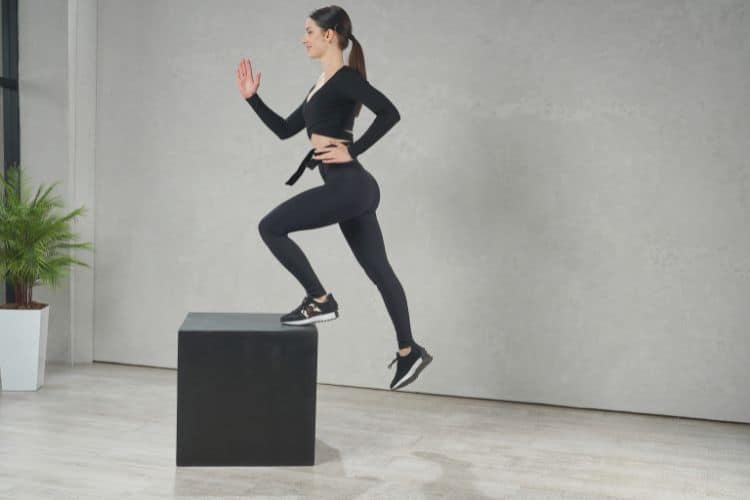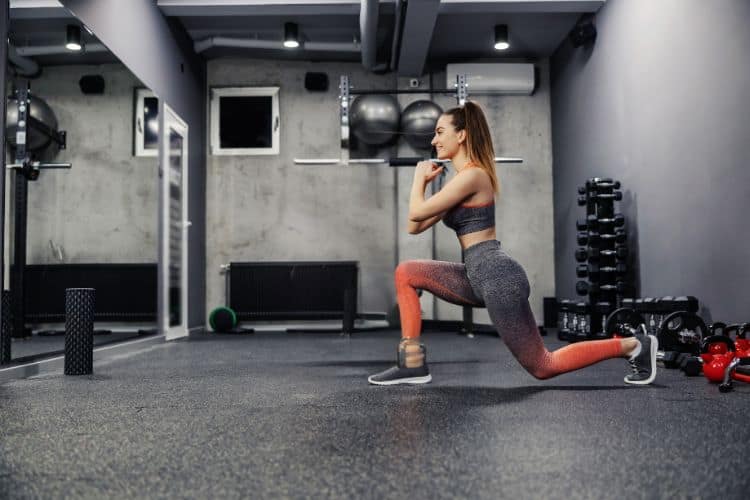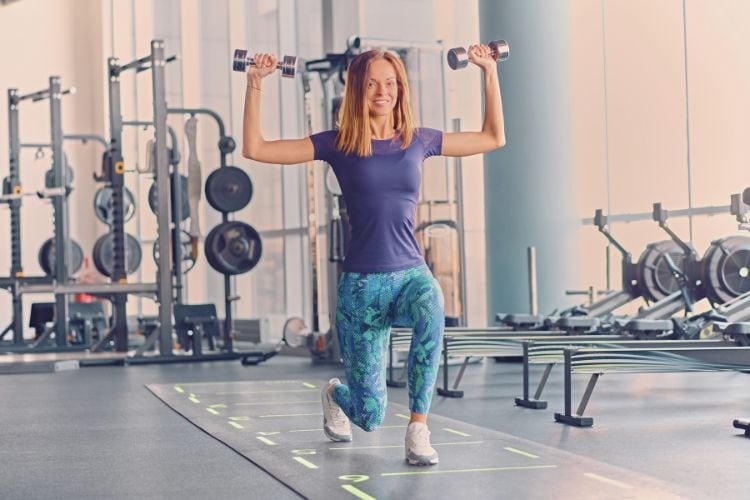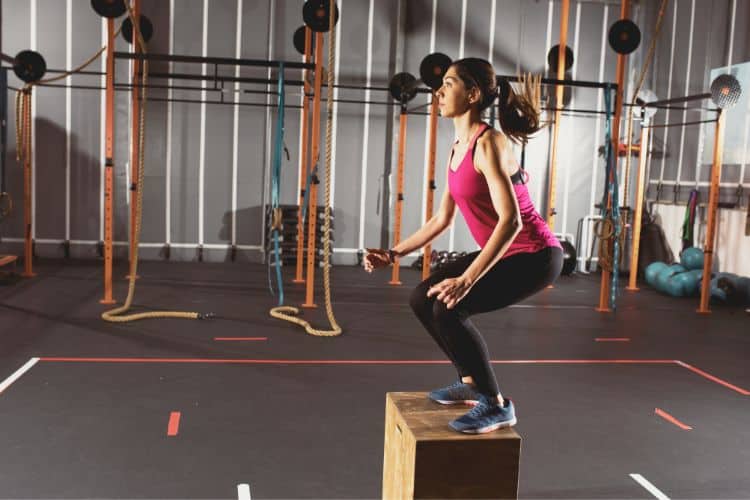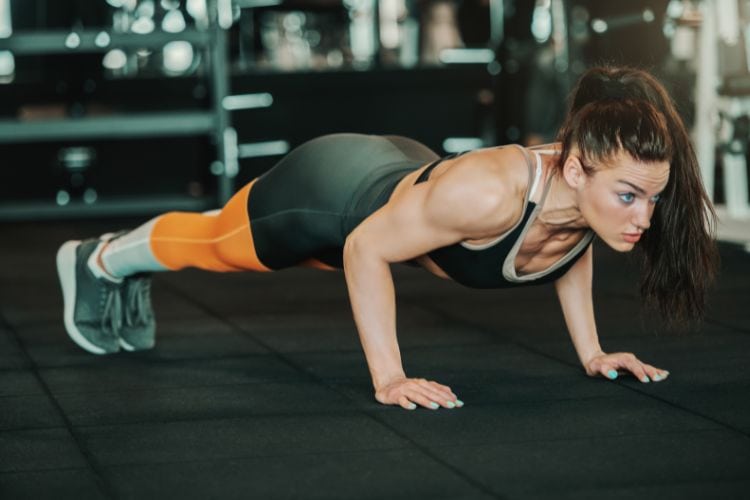7 Day Calisthenics Routine Full Body Strength and Mobility
Are you ready to unlock your body’s true strength with just your bodyweight? Calisthenics is the key. It’s a powerful and versatile form of training that builds muscle, burns fat, and enhances mobility—no gym required. Whether you’re a beginner or looking to level up your training, this blog post provides a complete weekly calisthenics workout routine to get strong, fit, and lean using minimal equipment.
Weekly Calisthenics Workout Routine to Build Muscle and Strength
Calisthenics focuses on using your own bodyweight for resistance, targeting all major muscle groups. It enhances functional strength, stability, and coordination, while also promoting lean muscle growth. Unlike gym machines, calisthenics movements mimic real-life motions—making your body strong for everyday activities and athletic performance.
Benefits of Calisthenics Training
- No equipment needed – Just your body and gravity.
- Scalable for all fitness levels – From beginners to advanced.
- Improves joint mobility and control – Safer and more sustainable long term.
- Builds strength and endurance – Full-body power development.
- Great for weight loss – High calorie burn through compound moves.
Weekly Calisthenics Workout Routine Overview
This 7-day plan balances upper body, lower body, core, mobility, and recovery. It’s designed to enhance muscular endurance, strength, and control. You can do these workouts at home, at the park, or anywhere with enough space to move freely.
Weekly Calisthenics Split:
- Day 1: Upper Body Push (Chest, Shoulders, Triceps)
- Day 2: Lower Body Strength (Glutes, Quads, Hamstrings, Calves)
- Day 3: Core & Mobility Focus
- Day 4: Upper Body Pull (Back, Biceps)
- Day 5: Full-Body High-Intensity Calisthenics
- Day 6: Active Recovery & Mobility
- Day 7: Rest or Optional Skill Practice
Day 1: Upper Body Push Weekly Calisthenics Routine
This push workout targets your chest, shoulders, and triceps through compound pushing exercises that challenge upper body strength.
Workout Routine:
- Push-Ups – 4 sets x 12-15 reps
- Pike Push-Ups – 3 sets x 10-12 reps
- Triceps Dips (on bench/chair) – 3 sets x 12 reps
- Incline Push-Ups – 3 sets x 15 reps
- Shoulder Taps – 3 sets x 30 seconds
- Wall Handstand Hold (optional) – 3 sets x 20 seconds
Tips:
- Keep your core tight and your elbows at a 45-degree angle during push-ups.
- Modify reps or incline to match your fitness level.
Day 2: Lower Body Weekly Calisthenics Routine
Time to build strong, athletic legs. This lower body session activates all major muscles in the hips, thighs, and calves.
Workout Routine:
- Bodyweight Squats – 4 sets x 15-20 reps
- Bulgarian Split Squats – 3 sets x 8-10 reps each leg
- Glute Bridges – 3 sets x 12 reps
- Jump Squats – 3 sets x 15 reps
- Wall Sit – 3 sets x 45 seconds
- Calf Raises – 3 sets x 20 reps
Tips:
- Maintain proper squat form: back straight, knees tracking over toes.
- Use a backpack or weighted vest to increase intensity.
Day 3: Core & Mobility Focus Weekly Calisthenics Routine
Your core is more than just your abs—this routine targets the entire midsection and improves flexibility and range of motion.
Workout Routine:
- Plank – 3 sets x 45 seconds
- Hanging Knee Raises or Leg Raises – 3 sets x 10-12 reps
- Mountain Climbers – 3 sets x 30 seconds
- V-Ups – 3 sets x 15 reps
- Lying Leg Raises – 3 sets x 12 reps
- Hip Flexor Stretch – 2 sets x 30 seconds each side
- Cat-Cow Stretch – 2 sets x 10 reps
Tips:
- Focus on controlled movements—don’t rush through core exercises.
- Incorporate deep breathing during stretches.
Day 4: Upper Body Pull Workout
Strengthen your back, biceps, and grip with pull-focused calisthenics. If you have a pull-up bar, great—if not, resistance bands or doorframes can help.
Workout Routine:
- Pull-Ups or Inverted Rows – 3 sets x 5-10 reps
- Chin-Ups – 3 sets x 6-8 reps
- Negative Pull-Ups – 3 sets x 5 reps (slow descent)
- Superman Hold – 3 sets x 30 seconds
- Door Frame Rows or Towel Rows – 3 sets x 10 reps
Tips:
- Engage your lats and avoid shrugging your shoulders during pulls.
- Use assistance bands if you’re building up to full pull-ups.
Day 5: Full-Body High-Intensity Weekly Calisthenics Routine
This full-body session boosts endurance, coordination, and fat burning with compound movements and limited rest.
Circuit Style (Repeat 3-4 rounds):
- Burpees – 10 reps
- Push-Ups – 15 reps
- Bodyweight Squats – 20 reps
- Jumping Lunges – 10 reps per leg
- Plank to Push-Up – 12 reps
- High Knees – 30 seconds
Rest 60 seconds between rounds.
Tips:
- Go all out but maintain form.
- Adjust volume if you’re a beginner.
Day 6: Active Recovery & Mobility For Weekly Calisthenics Routine
Let your muscles recover while enhancing flexibility. This low-impact day is crucial for injury prevention and long-term progress.
Recovery Routine:
- Walking or Light Jogging – 20-30 minutes
- Hip Circles – 2 sets x 10 each direction
- Downward Dog to Cobra – 3 sets x 10 reps
- Seated Hamstring Stretch – 2 sets x 30 seconds each leg
- Chest Opener Stretch – 2 sets x 30 seconds
- Foam Rolling (optional)
Tips:
- Avoid skipping recovery—it helps prevent burnout and plateaus.
- Use this day to reflect on progress or focus on breathwork.
Day 7: Rest or Skill Development
Take a full rest or use this day to develop calisthenics skills like:
- Handstands
- L-sits
- Front levers
- Muscle-ups (advanced)
Light practice or watching tutorials can make this day productive without taxing your nervous system.
How to Progress Your Weekly Calisthenics Routine
Progress in calisthenics means improving reps, form, time-under-tension, or transitioning to harder variations.
Tips for Calisthenics Progression:
- Add reps or time weekly – Small improvements lead to big gains.
- Use tempo training – Slow down eccentric (lowering) phase.
- Reduce rest times – Increase workout intensity.
- Try harder progressions – Example: knee push-up → regular push-up → archer push-up.
- Incorporate isometric holds – Like L-sits, wall sits, and planks.
Nutrition Tips to Support Weekly Calisthenics Routine Training
Fueling your body is just as important as the workouts. Calisthenics athletes thrive on lean proteins, whole grains, and micronutrient-rich foods.
Key Guidelines:
- Protein intake: 0.8–1g per pound of bodyweight to build/repair muscle.
- Hydration: At least 2–3 liters of water daily.
- Balanced meals: Include complex carbs and healthy fats.
- Post-workout: Consume protein and carbs within 1 hour.
Equipment for Enhancing Your Calisthenics Routine
While calisthenics is minimal-equipment, a few tools can boost your training:
- Pull-up bar (doorway or wall-mounted)
- Resistance bands
- Parallettes
- Gymnastic rings
- Weighted vest or backpack
Common Mistakes to Avoid in Calisthenics
- Skipping warm-ups and mobility drills
- Rushing through reps without proper form
- Not training legs or lower body enough
- Lack of progression tracking
- Overtraining without rest days
Your Body Is the Gym
This weekly calisthenics workout routine gives you a structured path to develop full-body strength, stability, endurance, and mobility. The best part? You don’t need fancy machines—just dedication, consistency, and your body.
Stay consistent, adjust as needed, and enjoy the process. Calisthenics is not just a workout—it’s a lifestyle transformation built on mastering your own body.
Frequently Asked Questions (FAQ)
Can you build muscle with just calisthenics?
Yes, bodyweight resistance is enough to build lean muscle when programmed progressively.
Is calisthenics suitable for beginners?
Absolutely! Exercises like wall push-ups, incline rows, and supported squats make it accessible to all fitness levels.
How long should each workout take?
Around 30–45 minutes per session, depending on your intensity and rest periods.
Do I need rest days?
Yes. At least one full rest day is recommended for optimal recovery and muscle growth.
Start Your Weekly Calisthenics Journey Today
Consistency is key in calisthenics. Follow this weekly plan for 6–8 weeks, track your progress, and enjoy noticeable improvements in strength, mobility, and physique. Bookmark this post and share it with friends—because transforming your body doesn’t require a gym, just a strong will and the right plan.
Most Recommended

